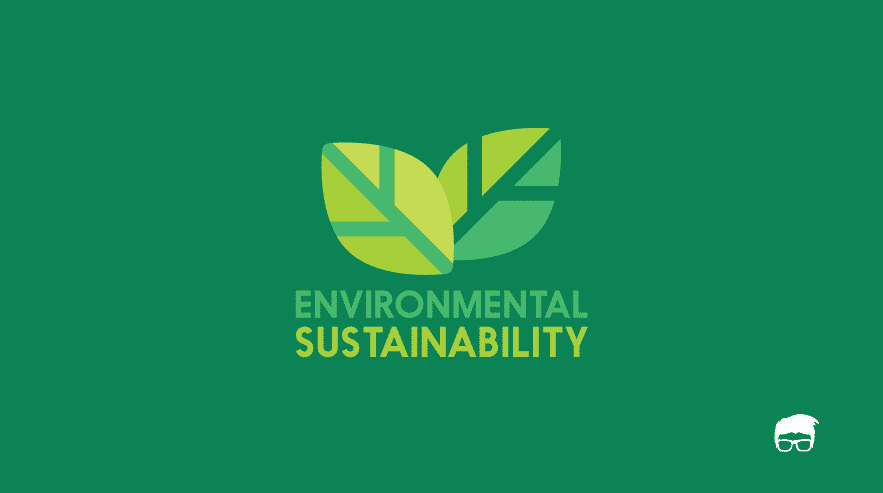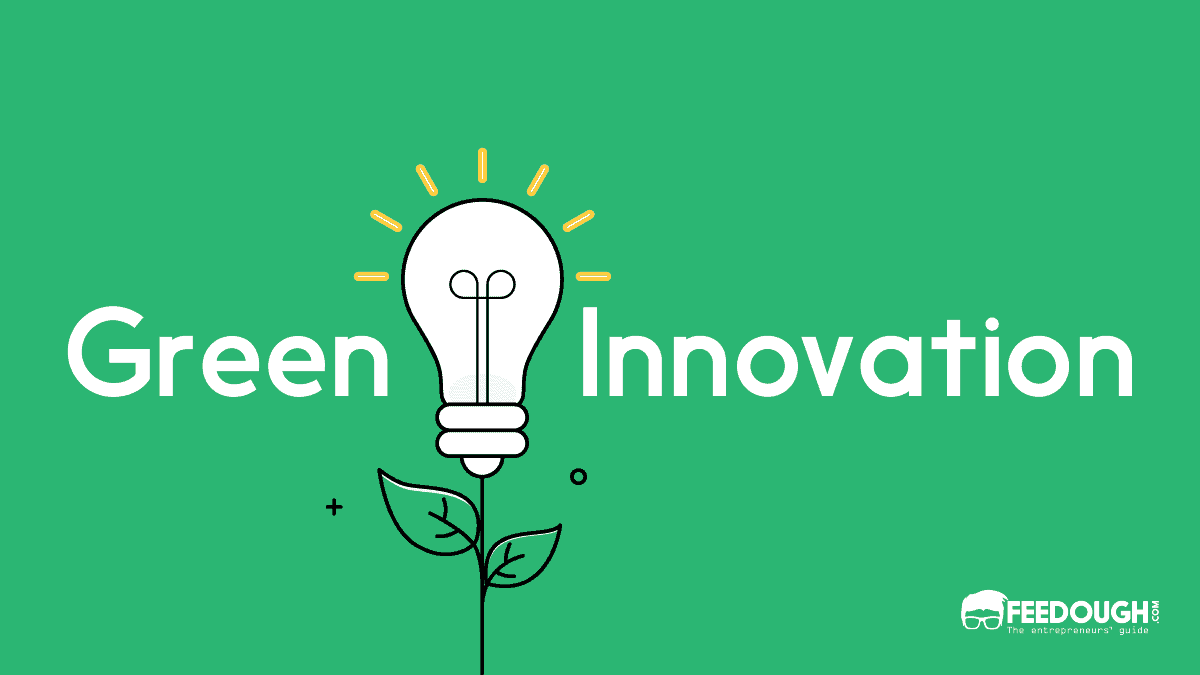In the last few decades, the world has decreased poverty, improved education and health sectors, fought unemployment and advanced excellently in technology. All these are a result of growth in the number of businesses in recent years.
Now however, the world faces challenges such as climate change, overpopulation, water scarcity, etc. and the planet is on the brink of severe environmental crisis.
A quote by American Astrophysicist Neil deGrasse Tyson says “The perennial cry to Save Earth is odd. Planet Earth survives massive asteroid strikes, it’ll survive anything we throw at it. But life on earth will not.” Thus, environmental sustainability is a topic that requires urgent attention as it is not the environment that we save, but ourselves.
What Is Environmental Sustainability?
Environmental sustainability is the process of maintaining development without compromising the future of our environment. Exploitation of resources, technological development, improving infrastructure, or any other development should be done in a way that does not exhaust the earth’s resources.
On the contrary, exploitation of resources in the present has already brought our planet into a state of planetary emergency. Environmental problems keep piling up around the globe.
With each passing day, life is made easier with innovative products and services made available to you by a lot of companies. These companies however in one way or another have their resources from nature but are mostly concerned about economic issues like profits, turnover, market value and shareholder values. Ecological concerns are left for the government to deal with.
The government can arrange for awareness campaigns, establish laws, impose taxes (electricity & water), fines for littering etc. but all these are only effective to a small extent compared to the problem.
A company selling its products and services to the people is more likely to get their attention as well as instigate a change. This is also due to the massive improvements businesses brought to the quality of life, hence, gaining general legitimacy. That is the reason this article will be mainly focussing on what businesses can do for environmental sustainability.
Environmental Sustainability in Business
For a long time, businesses have done little or nothing to help save the environment from the negative impacts. But some of these small and big organizations have significantly taken part in polluting the environment or engaging in unsustainable practices.
However, as of today, the need for businesses to be eco-friendly and sustainable is increasing. This is because of the realization that going beyond environmental compliance makes good business sense and improves the chances of long-term success.
Wondering what your business can do to save the environment?
Here are 7 ways your business can help save the environment:
1. Stop Wasting Paper
With an abundance of electronic gadgets that can display all your e-mails and paper works, it is not a big step to stop printing e-mails or drafts. Enable sending documents across devices for quick and easy reviews. Also, a solution to the fax machine problem is that you can switch to a fax-to-email machine. This can make sharing of documents easier for everyone involved.
This is highly important as it takes more energy to make 1kg of paper than it takes to make 1kg of steel.
2. Telecommuting
Young professionals of today undoubtedly prefer flexible work arrangements such as being allowed to work from home. This can reduce the carbon footprint of your business by saving money as well as energy used in office spaces every day.
3. Switch To LED Lights
If you are using incandescent bulbs, save 70 to 90 per cent by switching to LED bulbs. Both money and energy can be saved with this easy step.
3. Making Filtered Water Available
Most employees have the habit of carrying water or any other beverages with them to the office. You can find a lot of plastic bottles on the desks around your office. Even if recycling bins are provided, the first rule of protecting the environment is to reduce. Therefore, reduce first followed by reuse and recycle. Invest a water cooler or filter where employees can fill and refill their cups or bottles.
Power Off Systems When Not In Use
You are missing a great opportunity to save money and energy by not making it mandatory to switch off computers when not in use. In addition to computers, printers, copiers, and any other gadget using standby power have to be switched off.
Reduce Travel
Video conferencing is one way to save travel costs and to reduce carbon emissions. Arrange a webinar (a live interactive event that users join on their desktop or mobile device over the internet) which even your customers can join you. Video chatting can bring similar benefits as face-to-face conversation.
Green Procurement
Review your procurement policies and choose to source goods and services that have been produced sustainably and do not require a lot of packaging. You should also make sure supplies do not contain environmentally harmful substances.
These are a few ways that may seem like small, baby steps, but they are sure to go a long way in helping save the environment as well as have an impression on the employees and customers. However, there are several companies who took big steps in being environmentally friendly and found success.
Examples Of Businesses Taking Big Steps In Sustainability
The Coca-Cola Company

In April 2018, Coca-Cola was ranked 5th in a report by
Unilever

Unilever recently took a huge step towards environmental friendliness by switching to plastic-free, fully biodegradable tea bags for their PG tips tea-bags. Their recent commitments include projections to reduce the carbon footprint of the company to half by 2030.
McDonald’s

In 2012, McDonald’s committed to removing deforestation completely from their beef supply chain by 2020. In addition, 85% of beef, coffee, palm oil and fish will be sourced from sustainable suppliers by 2020 as well. Moreover, they have announced that they will be reducing greenhouse gas emissions related to their operations by 36% by 2030. This is calculated to have the same impact as removing 32 million cars from the road.
Tesla Motors

Following Puerto-Rico’s disastrous hurricane Maria in September 2017, Elon Musk (the CEO, co-founder and product architect of Tesla) announced that Tesla would restore electricity to San Juan’s Children’s hospital with solar panels. Tesla also has strong support internationally for electric vehicle policy.
These examples send a clear and strong message to consumers as well as businesses that governments are not the only ones responsible for making commitments to save the environment.
Bottom Line?
It is a common misconception that involving eco-friendliness into a business means extra costs. But the truth is, just like any investment that will give you profits in the long term, investing in saving the environment is sure to yield profitability and customer satisfaction in the long run.
Go On, Tell Us What You Think!
Did we miss something? Come on! Tell us what you think about our article on Environmental Sustainability in Business in the comments section.
Started off as a pilot but took the road of entrepreneurship. Ask me anything about the changing trends and the startup ecosystem.








